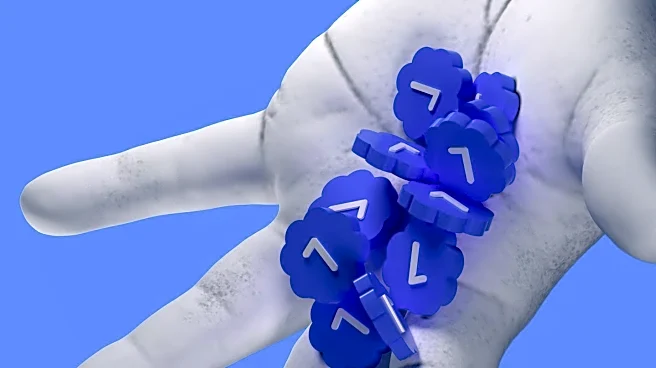What's Happening?
Wandercraft, a leader in robotics, has received an expanded indication from the U.S. Food and Drug Administration (FDA) for its Atalante X exoskeleton. This approval allows the device to be used by patients
with spinal cord injuries from levels C4 to L5 and those with multiple sclerosis, broadening its application in neurorehabilitation. The Atalante X is a self-balancing exoskeleton that enables patients to stand and walk without the need for crutches or walkers, making it suitable for individuals with limited upper-body strength. This development follows a recent CE Mark certification expansion and is supported by a multicenter study demonstrating the device's safety and effectiveness.
Why It's Important?
The FDA's approval of the Atalante X for a wider range of conditions marks a significant advancement in rehabilitation technology. It offers new hope for patients with severe mobility impairments, such as those with high-level spinal cord injuries and multiple sclerosis, who previously had limited rehabilitation options. By enabling hands-free, upright movement, the Atalante X can improve cardiovascular health, bone density, and psychological well-being, addressing critical needs in these patient populations. This development could lead to broader adoption of advanced robotic rehabilitation solutions in the U.S., potentially transforming the standard of care for mobility-impaired individuals.
What's Next?
With the expanded FDA approval, Wandercraft plans to increase the deployment of the Atalante X in rehabilitation centers across the U.S. The company is also focusing on further enhancing the device's capabilities, including joint-specific assistance control and step-length adjustments, to provide more personalized rehabilitation. As the technology gains traction, it may pave the way for future innovations in home-based rehabilitation solutions, further extending its impact on patient care.
Beyond the Headlines
The Atalante X's self-balancing design challenges traditional rehabilitation methods that rely on crutches or walkers, offering a more inclusive solution for patients with severe impairments. This innovation highlights the growing role of artificial intelligence and robotics in healthcare, potentially leading to ethical discussions about accessibility and the integration of such technologies in everyday medical practice.












